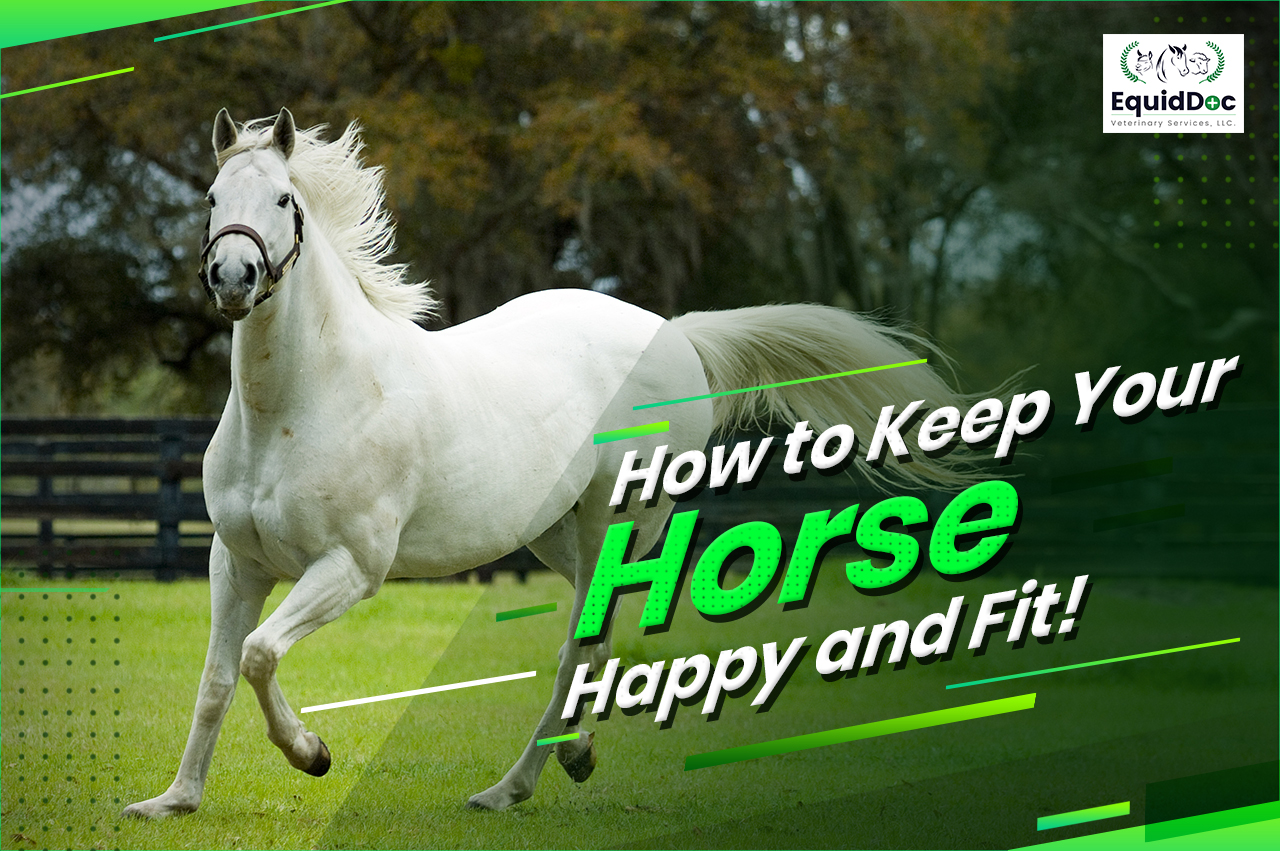Success in the show ring or on the trail can depend on the fitness of your horse. Before starting an exercise program, assess whether your horse is fit enough to tolerate that specific level and type of activity. To ensure your horse’s exercise program is appropriate, consider the following five indicators commonly used by veterinary professionals to assess your horse’s physical fitness.
- Heart rate
A horse’s heart rate is determined using a stethoscope held along the body wall just behind the left elbow of your horse. The heart rate is measured in beats per minute. A normal resting heart rate should be between 28 and 48 beats per minute. While this number will elevate during work, your horse’s fitness is inversely related to the time it takes for their heart rate to return to normal resting range after exercise. The faster the recovery, the more fit your horse.
- Respiratory Rate
Similarly, the faster your horses’ breathing returns to normal after exercise, the better their fitness. The respiratory rate is measured in breaths per minute and can be determined by counting the number of rises of the chest or flares of the nostril. A normal resting respiratory rate is between 8 and 16 breaths per minute. You should expect the breathing of a fit horse to return to normal 15 to 20 minutes post exercise.
- Body Condition
The body condition and muscling of your horse reveals a lot about their fitness. Veterinarians use the Henneke Body Condition Score (1-9, 1=skinny, 9=obese, strive for 5) to gauge if a horse is over- or under-weight. Typically, overweight horses have lower exercise tolerance, and are at higher risk for injury due to increased strain on their joints, tendons and ligaments. Conversely, underweight horses will have a harder time building muscle, which is necessary for optimal fitness.
- Energy & Feel
Ever notice a dramatic difference in your horse’s energy at the start of a ride versus the end? It might mean the type or amount of work is too much for your horse’s current fitness level. The cardiovascular system in the horse is the first to fatigue, followed by the musculoskeletal system. So, if your horse appears very tired or out of breath, they may be at greater risk for injuring a tendon or ligament. To prevent this, pay close attention to your horse’s energy and feel throughout exercise, and allow for gradual increases in the intensity and duration of work each week. Introduce a variety of exercises to cross-train your horse so fitness improves and risk of injury decreases.
- Improvement in Stats
Keep a log of all measured parameters of your horse so you can track improvement in fitness and adjust your training program according to their progress.!
The goal of any training program should be to increase your horse’s fitness while at the same time reducing the risk for injury. In order to maintain your horse in optimal health, please also ensure they are up-to-date on shoeing, vaccinations, dentistry and targeted de-worming. If you have any performance or soundness concerns, or questions regarding routine wellness care, EquidDoc Veterinary Services is here to help. Have a great ride!

